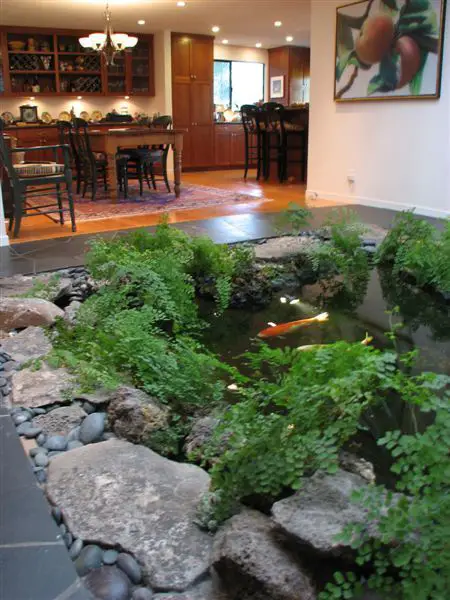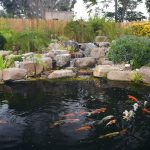How to Build an Indoor Koi Pond
Koi ponds are a beautiful and serene addition to any indoor space. These colorful fish have been a symbol of peace and tranquility for centuries, and creating an indoor koi pond can bring a sense of calm and beauty to your home. In this article, we will discuss the step-by-step process of building an indoor koi pond, including the necessary materials, design considerations, and maintenance tips.
Step 1: Planning and Design
Before you begin building your indoor koi pond, it’s important to carefully plan and design the layout of the pond. Consider the available space in your home, the size of the koi fish you plan to keep, and any specific design features you would like to incorporate. Sketching out a rough design can help you visualize the final product and make any necessary adjustments before construction begins.
Step 2: Selecting the Location
Choosing the right location for your indoor koi pond is crucial to its success. Look for a space in your home that receives plenty of natural light, as koi fish thrive in well-lit environments. Additionally, consider factors such as temperature control, access to electrical outlets for pumps and filters, and proximity to windows or doors for ventilation.
Step 3: Gathering Materials
Once you have a clear plan and location for your indoor koi pond, it’s time to gather the necessary materials. You will need a sturdy and waterproof container to serve as the base of the pond, such as a preformed pond liner or a custom-built fiberglass or concrete container. Additionally, you will need a pond pump, filtration system, water conditioner, and aquatic plants to create a healthy and balanced ecosystem for your koi fish.
Step 4: Building the Pond
With your materials in hand, it’s time to start building your indoor koi pond. Begin by placing the pond liner or container in the chosen location, ensuring that it is level and well-supported. Next, install the pond pump and filtration system according to the manufacturer’s instructions, and fill the pond with water. It’s important to let the water sit for at least a few days to allow the chlorine to evaporate and the temperature to stabilize before adding any fish.
Step 5: Adding Aquatic Plants
Aquatic plants play a crucial role in the health and balance of your indoor koi pond. Consider adding plants such as water lilies, lotus, and floating plants to provide shade, oxygenation, and natural filtration for the water. Be sure to research the specific care requirements of each plant and tailor your pond’s environment to accommodate their needs.
Step 6: Introducing the Koi Fish
Once your indoor koi pond is fully established and the water quality is optimal, it’s time to introduce the koi fish. When selecting your koi, look for healthy, active fish with vibrant colors and smooth scales. It’s important to acclimate the fish to the new environment slowly, as sudden changes in water temperature or quality can be stressful for the fish.
Step 7: Maintenance and Care
Maintaining a healthy indoor koi pond requires regular care and attention. Monitor the water quality, temperature, and filtration system regularly, and perform routine water changes and filter cleanings as needed. Additionally, feeding your koi a balanced diet and keeping an eye out for signs of illness or distress are essential components of proper koi pond maintenance.
In conclusion, building an indoor koi pond can be a rewarding and fulfilling project that brings natural beauty and tranquility into your home. By carefully planning and designing the layout, selecting the right location, and gathering the necessary materials, you can create a thriving ecosystem for these majestic fish. With proper maintenance and care, your indoor koi pond can be a source of joy and relaxation for years to come.





